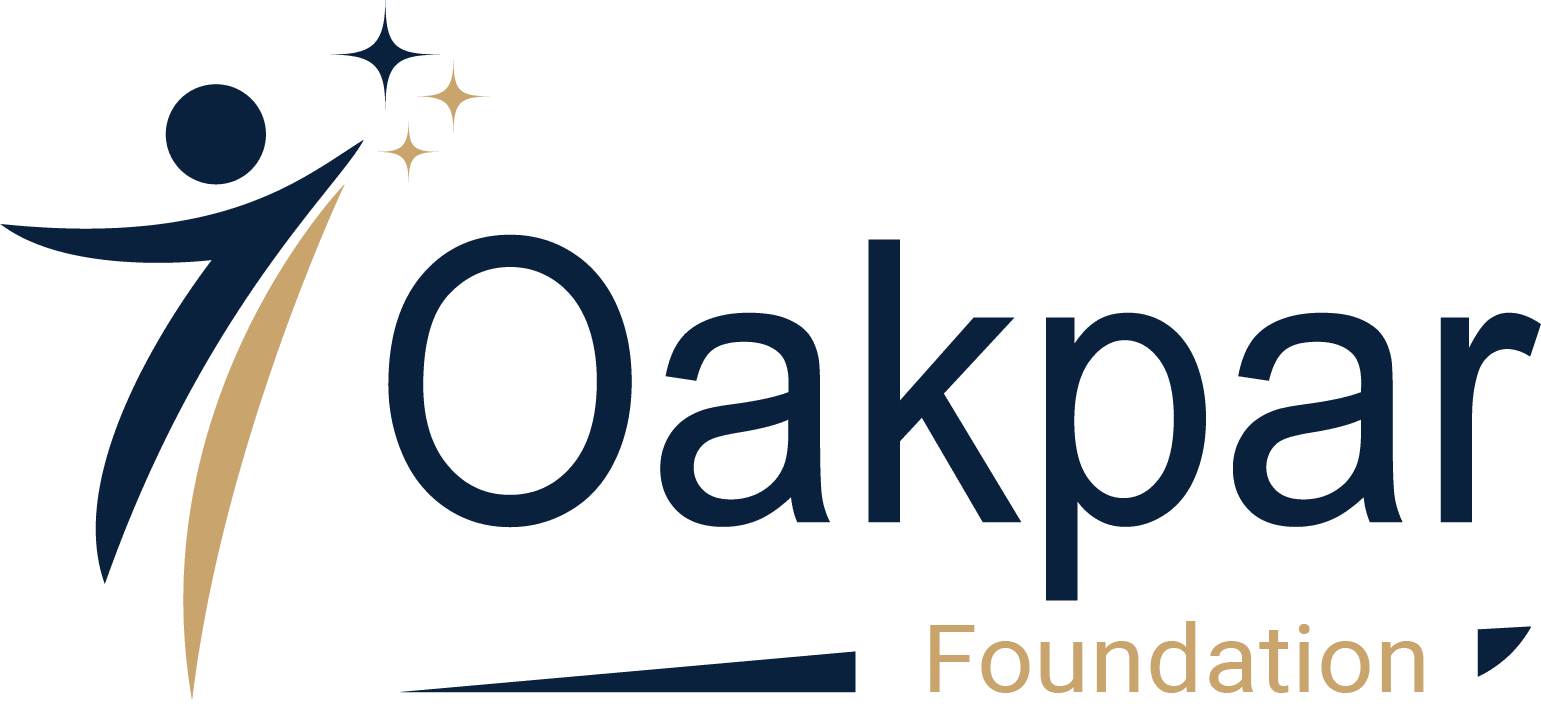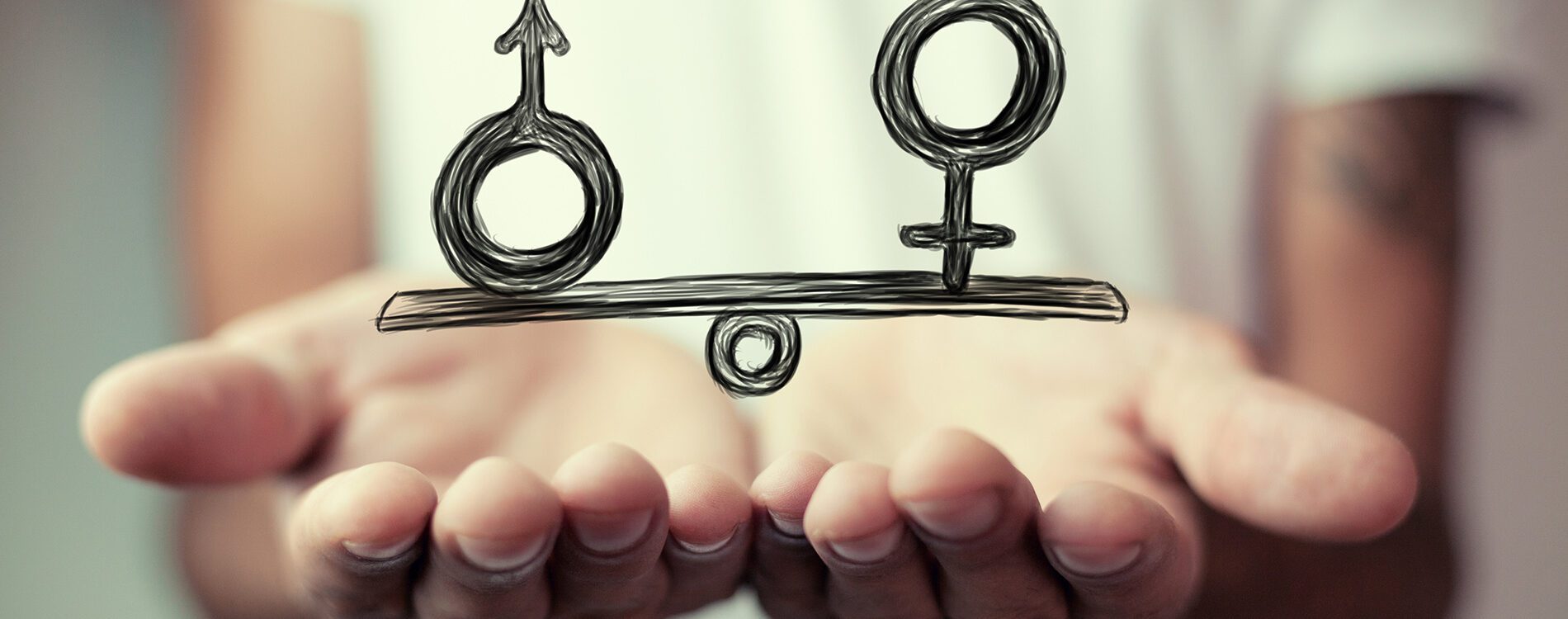According to UN data, about 1.3 billion people live in poverty around the world, with ethnic groups and women being the most affected. Discussing poverty from a gender perspective raises issues specific to women's lives that statistical data do not always reveal. Gender inequality and poverty are interlinked issues that affect millions of women around the world. Sadly, women are more likely to live in poverty than men, and the underlying causes are diverse. These include discrimination in the labor market, lack of access to education and healthcare, and lack of political representation and business leadership.
In 2022, according to the World Economic Forum, Brazil occupied the 78th position in a ranking that measures equality between men and women in a universe of 153 countries. Brazilian women are under-represented in politics, earn less, suffer more harassment and are more vulnerable to unemployment.
Thinking about mitigating this serious problem, the UN Sustainable Development Goal 5 (SDG 5) addresses the issue of gender equality and female empowerment. This objective aims to achieve gender equality and empower all women and girls by 2030. To this end, SDG 5 proposes initiatives that aim to eliminate all forms of discrimination and violence against women and girls, guarantee equal access to education, health, employment and political leadership, as well as promoting the full and effective participation of women at all levels of decision-making in political, economic and public life. SDG 5 recognizes that gender equality is key to eradicating poverty and achieving sustainable development that benefits all.
Gender inequality and poverty: a complex relationship
The relationship between gender inequality and poverty is complex and multifaceted. Women and girls are often the most affected by poverty, due to a variety of reasons such as gender discrimination, lack of access to education and limited economic opportunities. Furthermore, gender inequality in many societies means that women have less decision-making power over their own lives, including the ability to control family financial resources, which can lead to lack of access to financial resources. and essential services such as health and education. On the other hand, poverty can also lead to greater gender inequality, especially in developing countries, where women are often the most affected by a lack of basic resources and services. It is therefore important that efforts to end poverty also include the promotion of gender equality and the empowerment of women and girls. This complex relationship is evident in many developing countries, where women are the majority of the poor.
There are several underlying causes of gender inequality and poverty among women. Some of them include:
– Discrimination in the labor market: Women face discrimination in the labor market, including lower wages and less access to quality jobs. This discrimination often limits women's economic opportunities and puts them at greater risk of poverty.
– Lack of access to education: Lack of access to education is a major obstacle for many women around the world. Without education, women have fewer employment opportunities and are more vulnerable to exploitation and abuse.
– Lack of access to healthcare: Lack of access to healthcare is a major problem for many women around the world. Lack of adequate health care can negatively affect women's health and limit their economic opportunities.
– Lack of political representation: Women's lack of political representation limits their ability to influence public policy and allocate resources to meet their needs.
Limited business leadership: Limited business leadership for women is a significant obstacle to women's economic empowerment. Women have fewer opportunities to hold leadership positions in companies and financial institutions, limiting their opportunities for entrepreneurship and investment.
How to Improve Gender Equality and Reduce Poverty Among Women
One way to address these underlying causes is through the implementation of Sustainable Development Goal (SDG) number 5, set by the United Nations (UN). SDG 5, entitled: “Achieve gender equality and empower all women and girls”, has as its main goal ending all forms of discrimination against women and girls, as well as promoting gender equality in all spheres of life. .
To achieve SDG 5 and improve gender equality and reduce poverty among women, some possible solutions include:
– Improving access to education for girls: Investments in girls' education can help ensure they have the skills they need to enter the workforce and break cycles of poverty.
– Promoting women's pay equity and economic empowerment: Ensuring that women have access to high-paying jobs and equal career opportunities can help reduce poverty among women and increase their financial independence.
– Strengthening women's political representation: Promoting women's participation in politics and decision-making can help ensure that their needs and concerns are addressed by public policy and allocate resources to meet their needs.
– Increase access to sexual and reproductive health: Investments in sexual and reproductive health can help ensure that women have access to adequate health services and reduce the risks of reproductive health problems and maternal mortality.
– Empowering women in business leadership and entrepreneurship: Promoting business leadership and entrepreneurship opportunities for women can help increase their financial independence and strengthen their leadership skills.
Gender Equality in Brazil: Actions and Programs
Brazil has adopted important measures to promote gender equality and combat female poverty. The Pró-Equidade program is a successful example whose objective is to combat sexism within institutions. Pro-Equity is a Brazilian government initiative whose main aim is to combat gender discrimination in institutions, promoting gender equity in personnel management and organizational culture. Since 2011, the program promotes educational campaigns within institutions, raising the awareness of managers, leaders and employees about the importance of gender equality in the workplace. It is aimed at companies and public bodies that are committed to implementing actions to promote gender equality in their policies and practices. Among the actions promoted by the program, the elimination of barriers to the access and permanence of women in the labor market, the promotion of equal pay between men and women, the fight against moral and sexual harassment and the promotion of inclusion policies stand out. of women in leadership and decision-making positions. Pró-Equidade also offers a seal of certification for companies that meet the goals established in its action plan for the promotion of gender equality. This seal can be used by the company as a way of demonstrating its commitment to gender equality and as a competitive advantage in the market.
To achieve gender equality and reduce poverty among women, it is necessary to address the underlying causes of gender inequality and poverty, such as discrimination in the labor market, lack of access to education and health, lack of political representation and business leadership. It is important to implement UN SDG 5, which seeks to eliminate all forms of discrimination and violence against women and girls, ensure equal access to education, health, employment and political leadership, as well as promote the full and effective participation of women in all decision-making levels. The relationship between gender inequality and poverty is complex and multifaceted, and requires integrated efforts to achieve sustainable development that benefits all.




